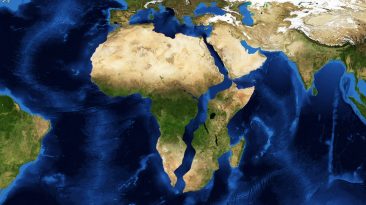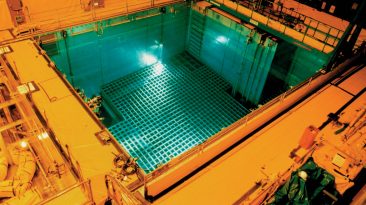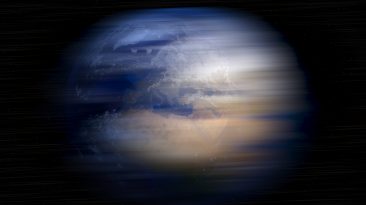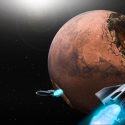Imagine this yellow dwarf star ending it’s existence much sooner than it should. What would that look like?
Would the Sun retreat to something small and cold? Or, burn big and bright before vanishing completely? And what effect would this have on Earth? Here’s what would happen if the Sun started dying right now.
Our Sun was born about 4.6 billion years ago when a giant space cloud made of gas and dust collided with some super intense energy waves and collapsed in on itself. Ever since, it has been generating energy from nuclear fusion reactions in it’s core. Each second, this huge nuclear reactor converts 600 million tonnes of hydrogen into helium, the source of all the Sun’s heat and light.
If we somehow managed to build a 3-kilometer (2-mile) wide ice bridge between the Earth and the Sun, it would melt it in one second – that’s how much energy our star produces.
But one day, billions of years from now, the Sun will run out of its hydrogen fuel. What if that day were to come much sooner? Would the Sun just disappear in a massive explosion?
Let’s just imagine that for the Sun, time started flying very fast – a billion years would pass in just one day. At that rate, after a day the Sun would shine 10% brighter. If you love tropical weather, you might think this is a good thing, but don’t get too excited… 10% might not sound like a big deal, but for our planet the change would be significant.
The Earth would be baked with the same amount of heat that once turned Venus into the cooked volcanic planet we know today. The oceans would start evaporating and all of the plants would burn to a crisp. Plant-eating animals would begin to starve.
Vegetarians might consider changing their diet. By the end of the third day of this intense heat, they would be able to boil a chicken right in the ocean. That’s because by that time, the Sun would be burning 40% hotter than it is right now.
Surviving on the Earth’s surface would present similar problems you’d have if you were living on Venus. Trust me, you don’t want to invest in property on that hellish planet. On day five, the Sun would finally have burned through all of it’s hydrogen. For our dear old friend, this would be the beginning of the end.The helium ash built up in the Sun’s core would become unstable and collapse under its own weight. The core would be getting hotter and more dense, but the Sun itself would be expanding.
When we say expanding, we mean it… It would turn into a Red Giant – big enough to swallow Mercury and Venus. Even Earth might disappear inside this hot, swollen star. And if it didn’t, our planet wouldn’t be of much use anyway – no lifeforms could survive such an intense heat.
Soon the helium at the Sun’s core would ignite in an enormous flash. The Sun itself would shrink from a Red Giant – to a Red-Giant branch – but that’s still 10 times the size that it is today. And 50 times brighter than it is now, but with a lower temperature.
What’s left of our Sun would keep expanding and shrinking in a series of thermal pulses. Each pulse would be larger and brighter than the previous. The Earth would have very little chance of surviving those.
Would the Sun ever turn into a black hole, in the way that the massive stars do?
While the Sun might seem enormous to us, in the scale of the Universe, it’s not nearly as massive as the stars that experience a supernova. Our Sun would eventually end up as a white dwarf star, no longer giving off significant heat or light.
It’s an intense transformation, and all this will, in fact, happen to our Sun. But fortunately, none of us will be alive in 5 billion years to witness it. Which is really for the better. Don’t you think?
Subscribe to What-If on Youtube or follow the show on Facebook Watch.
[expand title=”Sources”] [/expand]


























